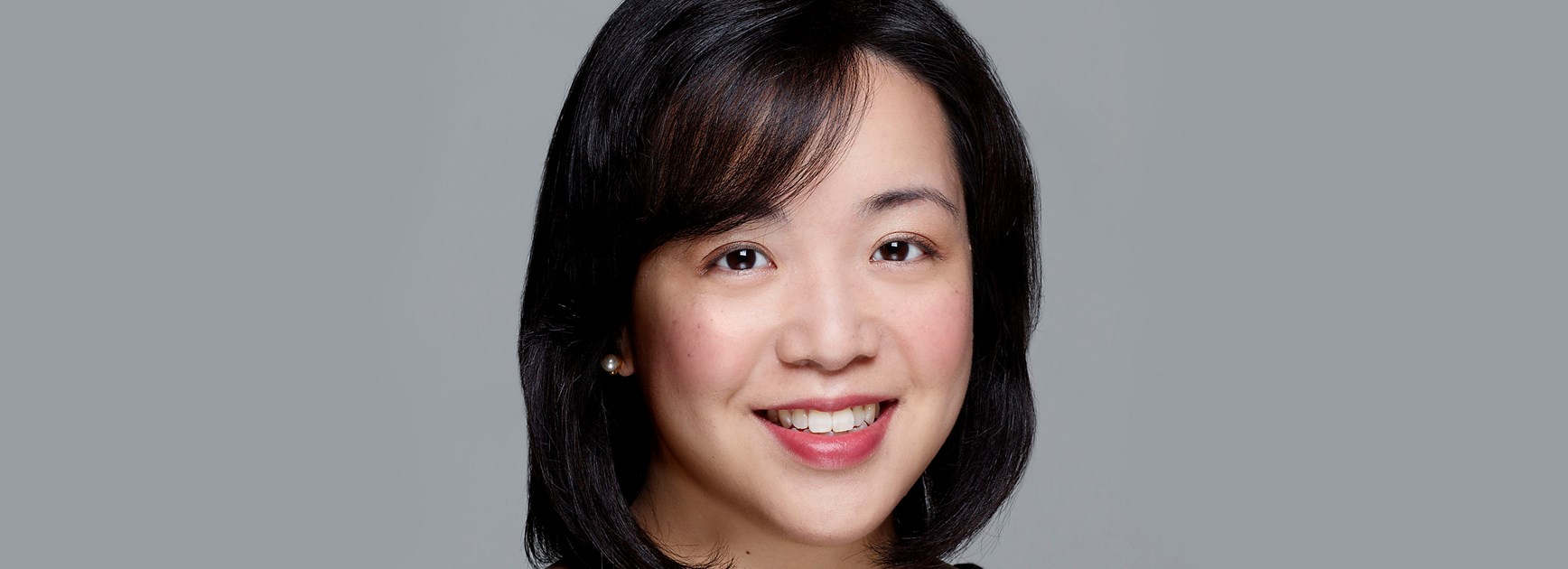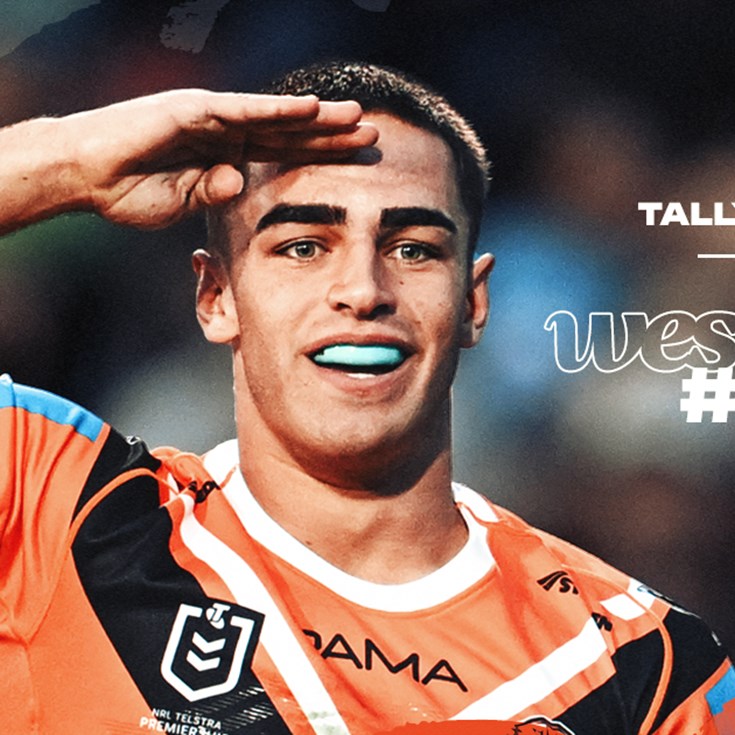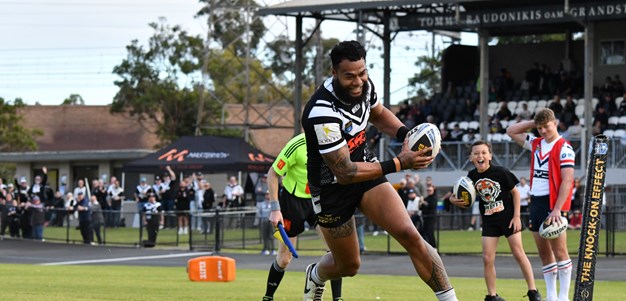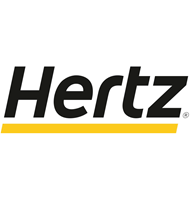
October is Breast Cancer Awareness Month, an annual campaign to raise awareness about the impact of breast cancer.
Wests Tigers caught up with Dr Roberta Tse as we rise together to help uplift women in need.
Dr Roberta Tse is a diagnostic radiologist at Castlereagh Imaging with Visiting Medical Officer appointments with Westmead Hospital and BreastScreen NSW. She specialises in breast, body, and oncology imaging having completed her radiology training at Westmead Hospital with further subspeciality training at St Vincents Hospital BreastScreen in Melbourne as well as at Peter MacCallum Cancer Centre.
Wests Tigers have a great partnership with Castlereagh Imaging as they provide musculoskeletal imaging for the team.
Why should women have ultrasounds and imaging as opposed to personal checks at home?
Regular breast checks are important part of personal health. It allows us to know the normal look and feel of our breasts so that we can identify changes in our breasts. Some of these changes can include change in size or shape of breast, changes in the nipple (retraction, inversion, crusting, redness), nipple discharge, redness or dimpling to the skin, lumps, unusual pain in the breast or armpit.
Sometimes the breast symptoms are not felt until later down the track, and mammography screening is known to reduce deaths from breast cancer due to early detection. This is before we may notice some of the breast symptoms from doing a personal check at home. However, mammograms do not detect all breast cancers. Some lesions are not visible or difficult to interpret on mammogram. In women with dense breasts (meaning where the breast has more ducts, fibrous tissue, glands, and less fat), many cancers are harder to detect. Breast ultrasounds may identify abnormalities that aren’t seen on mammogram. Ultrasound is a useful imaging tool particularly in dense breasts, women who should not be exposed to x-rays (i.e. pregnancy), or as an adjunct to further assess an abnormality seen on mammogram.
In women at high risk of breast cancer, a breast MRI may also be used. Those at high risk include a strong family history of breast cancer or a known genetic mutation.
What is the process to have the imaging taken?
A screening mammogram is an x-ray picture of the breast. Usually, two pictures are taken of each breast. The breast is compressed in two different positions when the picture is taken. Some women may find the compression uncomfortable, but this usually only lasts for a few seconds. Women with breast implants can also have screening mammograms and a few extra pictures will be taken as the implant can cover some of the breast tissue. Breast tomosynthesis (also called 3D mammogram) uses low dose x-rays and computer reconstruction to create images of the breast. It may not be available in all imaging facilities.
A breast ultrasound is similar to an ultrasound of any other part of the body but focuses on the breast and axilla. The ultrasound machine uses sound waves to produce pictures of the internal structures of the breast. The client is positioned on the bed with arm placed behind the head on the side that is being scanned. Sometimes a cushion is placed underneath to optimise the position. Ultrasound gel is used to allow for a clear picture to be produced. Ultrasound is safe, utilises no radiation, and non-invasive.
How often should women be getting screened?
BreastScreen NSW recommends screening every two years for women aged 50-74. Women aged 40-49 are also eligible for screening through BreastScreen although they are not invited into the program until age 50. Screening is less effective for women under the age of 40 due to higher breast density which makes it harder to see small cancers on mammogram.
Screening mammograms via BreastScreen NSW targets asymptomatic women. However it is important to note that regardless of age or if a woman has recently had a screening mammogram, that if they develop any breast symptoms, they should see their doctor straight away. Their GP may perform a breast examination and recommend a mammogram or breast ultrasound for further investigation.
Are there ways women can lower their risk of breast cancer?
Some risk factors for breast cancer include increasing age, breast density, genetic mutation, reproductive hormone levels, age when periods started or age at menopause. Many of these are out of our control however there are lifestyle factors that we can control:
- Alcohol – drinking alcohol increases risk for breast cancer therefore try to limit alcohol intake.
- Body weight - weight gain as an adult is associated with an increased risk of postmenopausal breast cancer. Aim to keep to a healthy weight range to reduce the risk.
- Physical activity – increase physical activity reduces risk of breast cancer and has many other health benefits.
- Hormone replacement therapy (HRT) – using HRT that contains estrogen and progestogen is associated with increased risk of breast cancer, with the risk increasing the longer you take it. Regularly review your need for HRT with your doctor.
- Breastfeeding – breastfeeding can reduce the risk of breast cancer, and the longer the duration, the greater the benefits
- Smoking – there is some evidence suggesting that smoking may be associated with increased risk of breast cancer.
What are some key things to know about breast cancer?
- Men can also develop breast cancer. Fortunately it is rare and accounts for less than 1% of cancer in men.
- The best time to treat breast cancer is when it is still very small, which is why regular screening is important. For some women, the nature of their family history of breast cancer may require them to have screening more frequently
- If a women develop any breast symptoms or have any concerns, they should see their doctor straight away.
For more information on Castlereagh Imaging, visit their website www.casimaging.com.au or call (02) 8844 1750. For their Lakeview Private Hospital practice site, call (02) 8711 0600












